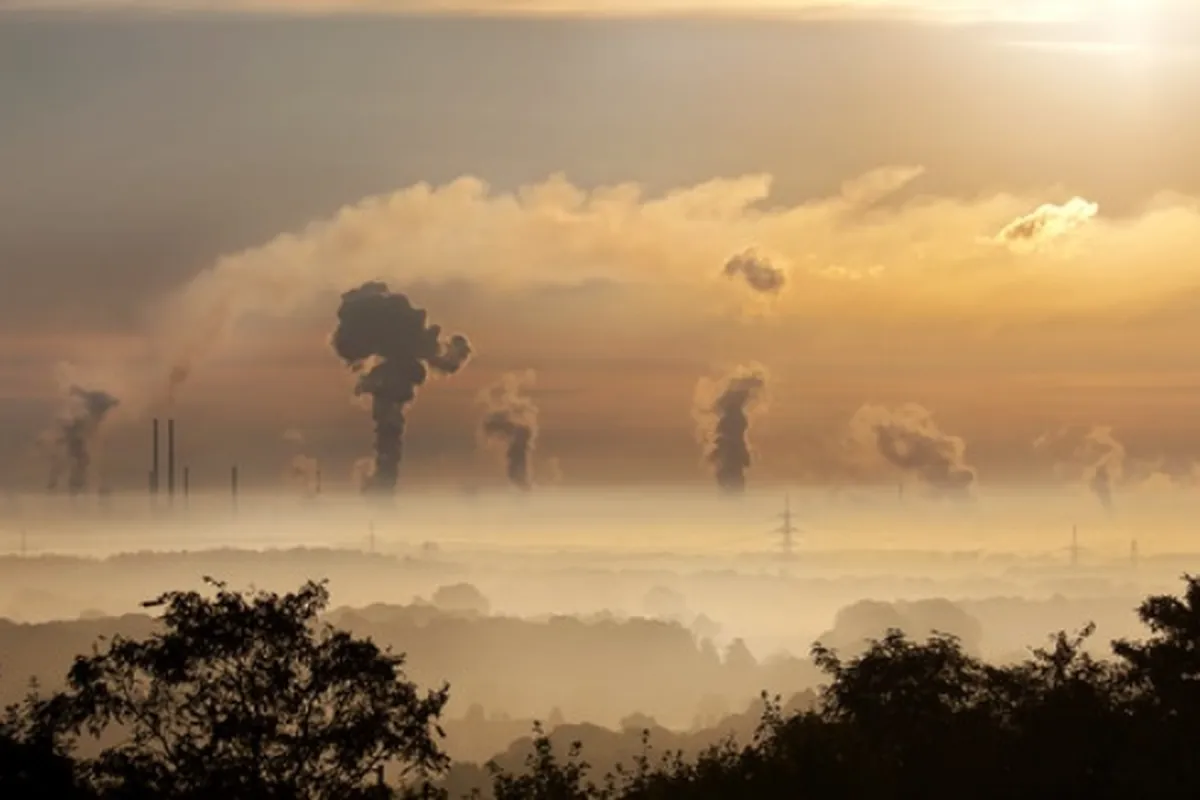We all heard brands loud and clear - talking about tree planting, carbon neutrality, Net Zero and other buzzwords for Earth Day. But what does it really mean to be “Carbon Neutral”?

To be carbon neutral literally means a company is making or resulting in no net release of carbon dioxide (CO2) into the atmosphere.
This is often achieved by supporting projects that reduce CO2, otherwise known as carbon offsetting.
There are a number of ways to achieve carbon neutrality, so we need to understand the different ways in which brands are claiming to be carbon neutral.
1. Tree planting:
Consumers love tree planting, marketeers love tree planting, the planet loves tree planting – when it’s done in the right way.
When it is not done properly, it can do more harm than good.
We all learnt from a young age that plants and trees suck up CO2 and give out O2 (that we humans so dearly need) and that fact has stuck with us.
Forests are the planet’s lungs and we must plant more trees to combat climate change.
Trees create biodiversity, stabilise soil, reduce CO2 amongst a whole host of fantastic things…
But does tree planting offset emissions and make a business carbon neutral? Officially?
The simple answer is no, it doesn’t.
Why? Because you have to wait for the tree you have planted to grow its full life before a measured amount of CO2 is sequestered (fancy term for take in). Often, trees sequester very small amounts of CO2 for many years until they reach peak carbon-sucking-capability, so they cannot be used when officially claiming carbon neutrality for historic emissions of a business.
Don’t let that put you off planting trees! It is still a fantastic thing to do; especially if it is on top of other green measures. The key take away from this is that companies should not be using them to claim carbon neutrality.
2. By purchasing offsets or carbon credits:
Nowadays there are carbon neutral subscriptions where you can offset a monthly amount of CO2e by purchasing and retiring carbon credits each month. This is a good step and that brand may well be balancing their emissions and achieving carbon neutrality. They may even be over compensating for their emissions and becoming "carbon positive", "climate positive", or "carbon negative" (yes...they all do mean the same thing - taking out more carbon than you are emitting).
However, this strategy doesn’t require any commitment to reduce emissions long term – which has to be the goal for any respected sustainably-run business.
If they are not committing to reduce, then is this stepping into greenwashing territory?
3. By following the internationally renowned standard:
The final way to become carbon neutral and by far the most credible is by following the internationally renowned standard of carbon neutrality, AKA as the PAS2060. This lays out a few steps which brands must follow to achieve carbon neutrality:
Measure:
In order to measure and calculate a business’s carbon footprint accurately, you must follow either the GHG protocol or ISO14064-1 methodologies. These are stringent sets of methodologies set out by experts in the field.
Reduce:
Any brand following the PAS2060 must set out reduction targets and stick to them. This is arguably the most important part of the process.
Offset:
Offsetting is used for any emissions that have already been created – you can’t go back in time and not undertake the carbon emitting activities that your business has already undertaken. The past is the past. So the alternative is to offset these emissions with high quality carbon credits.
Document:
Once all of this is done, a brand must document and publicly commit to their reduction strategy and provide evidence for their offsets. Transparency is key, if you’re going to all this trouble, why not show your customers?
Carbon neutral is not to be confused with Net Zero, although these terms are very similar and being used interchangeably, organisations like the UN and Science Based Targets Initiative are beginning to agree on a definition for Net Zero.
Net Zero is when you have already done all you can to reduce carbon emissions in line with Science based targets. There are also specific types of offsets that you can use. Carbon neutrality and following the PAS2060 is that first step on the journey to Net Zero.
The only problem is that following this process takes a great deal of expertise and/or money to pay someone with the expertise. At C Free, we don’t think that’s fair. Why should small businesses have such a high barrier to get involved with climate solutions? Often, it’s these small sustainable businesses that want to do good.
Find out more at c-free.co.uk where we are making this process more accessible and cost-effective for small businesses.

